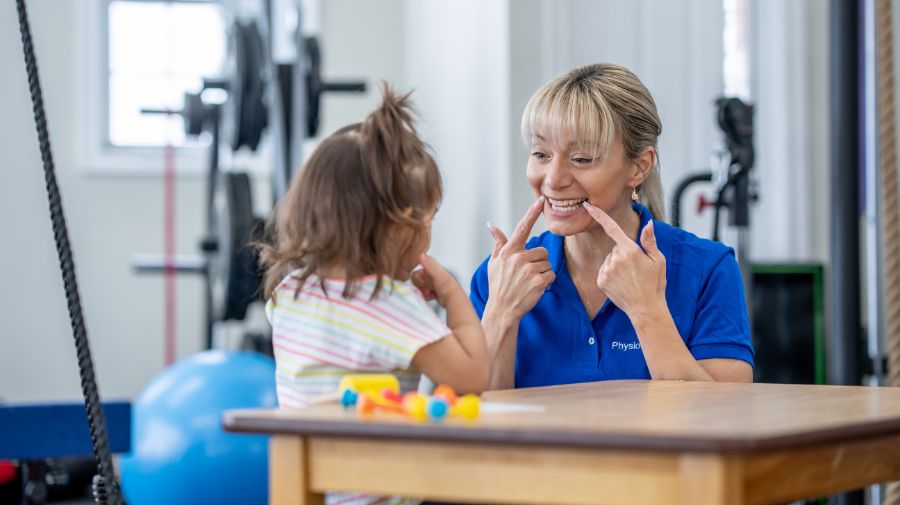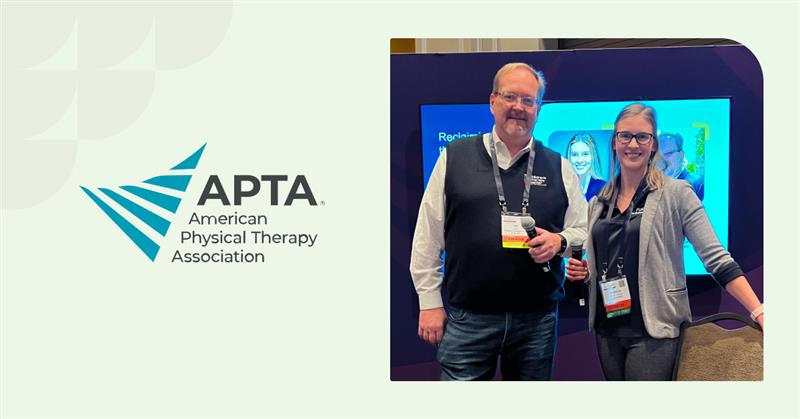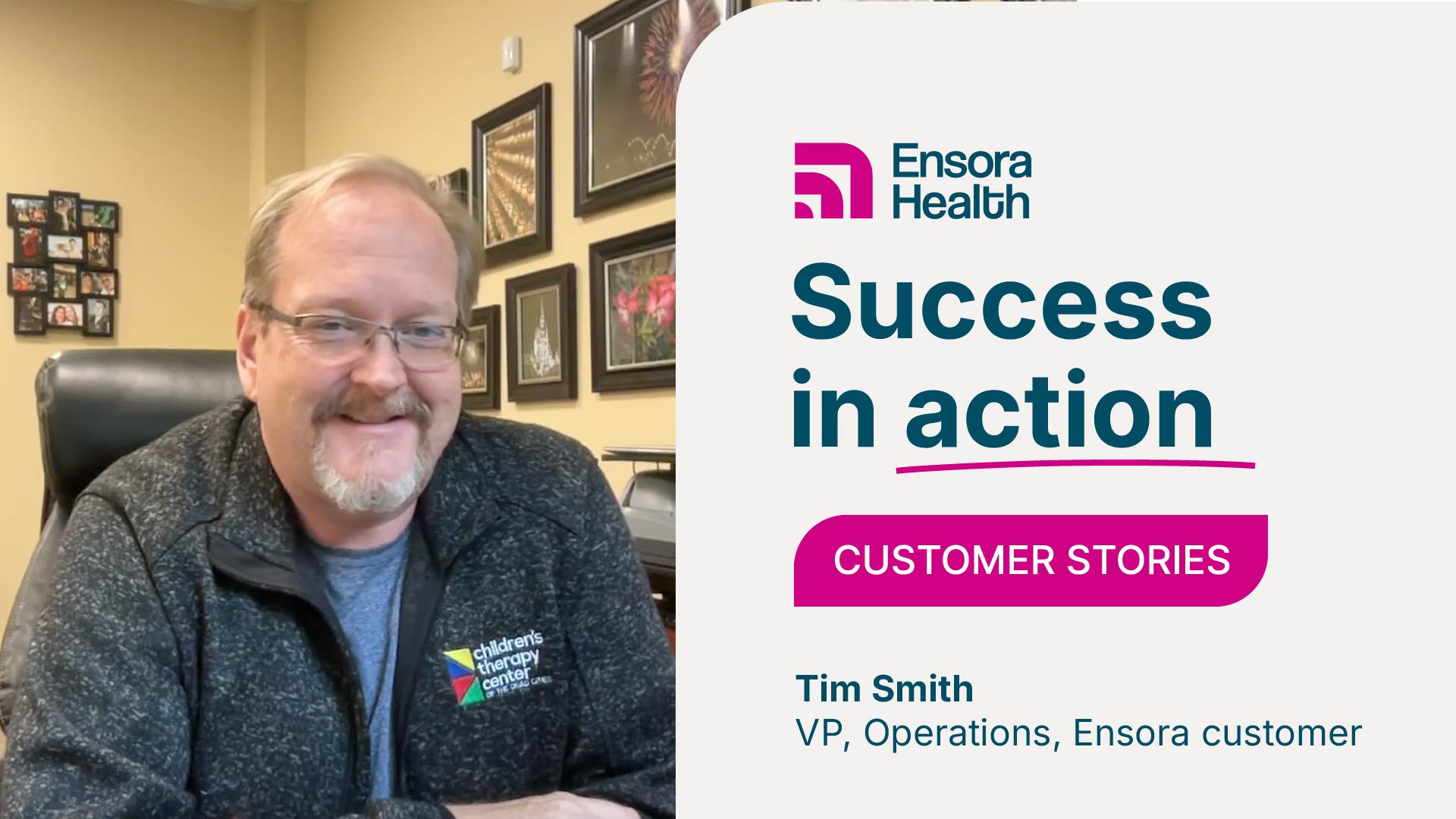Write better pediatric SOAP notes: Examples & tips for SLPs

We write them every day, but many of us still have questions about how to correctly write a SOAP note. How do you write notes that are simple and also cover all documentation requirements without spending hours for each patient? Here’s your guide to writing SOAP notes quickly and correctly, with examples.
SOAP note basics
First, ask yourself why you’re writing this SOAP note- who will see it and what information should it convey? ASHA recommends that clinical notes be comprehensive enough that another SLP could read it and understand your therapy process enough that they could pick up where you left off to continue therapy. Here are examples of each section of a good SOAP note:
S: Subjective
Your impressions of the client’s level of awareness, mood, and behavior. You can also include direct quotes from the client. This is a good place to include how a patient feels about their speech improvement or therapy in general.
EXAMPLE: Suzy appeared alert and attentive during the entirety of the session. Her mother reported that Suzy said “I was looking forward to speech all week!”, and that Suzy’s teacher remarked that she has been able to understand Suzy better in the past week.
O: Objective
Measurable information (e.g. data) , including percentages and which goals and objectives were addressed. You can also include the activity that was used to elicit this data.
EXAMPLE: Suzy produced /k/ at the beginning of words with 70% accuracy using a worksheet with 10 /k/ vs /t/ minimal pairs, given 2 verbal reminders (e.g.“Is it Tar or Kar?”) and a mirror for self-correction.
A: Assessment
Your analysis of the session. If possible, compare the client’s performance across sessions.
EXAMPLE: Suzy’s correct production of /k/ in initial position increased from 60% in imitation and with a visual aid during the last session to 70% during today’s session. Omission of visual aid (picture of mouth producing /l/ sound) did not decrease performance.
P: Plan
Outline the course of treatment and therapy targets for the next session. Include possible activities, plan for reinforcement/cuing, and any changes to objectives, as well as any homework you send home.
EXAMPLE: Suzy continues to improve her production of initial /k/. Continue to fade cues and initial model of the sound for initial /k/ at next session. Sent home 3 minimal pair worksheets from XYZ book and directed Suzy’s mom how to complete them.
Finally, a few more tips for writing better SOAP notes
Write the notes as soon as you can after the session, or during the last few minutes if allowed. This keeps the information fresh in your mind.
Don’t forget to document any homework you sent home in the Plan section. This will help you know where to start for the next session.
Take advantage of copy-and-paste features if you use an EMR. This allows you to copy the past note and make relevant changes, which is great for therapy that uses similar activities and goals each time.
Fusion makes writing SOAP notes easy with templates, quick phrases, and goal tracking, on the web or on mobile.
About the Author:
Jill Shook, MS, CCC-SLP owns a private practice in Pittsburgh, PA. She created a course for SLPs starting out in private practice, which is available through Northern Speech Services, and blogs about resources for SLPs in private practice at Private Practice SLP. Email her at jill@privatepracticeslp.com






